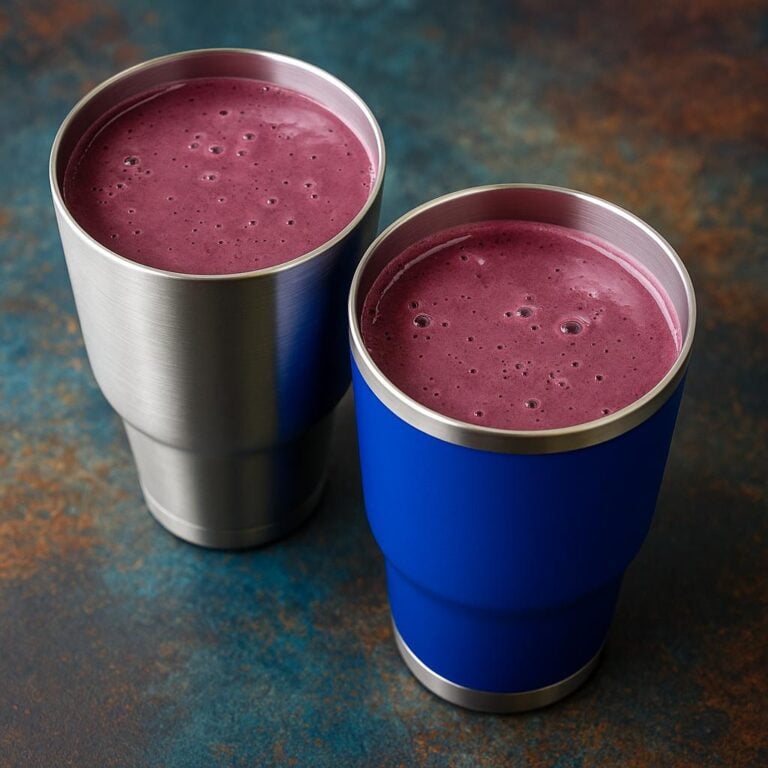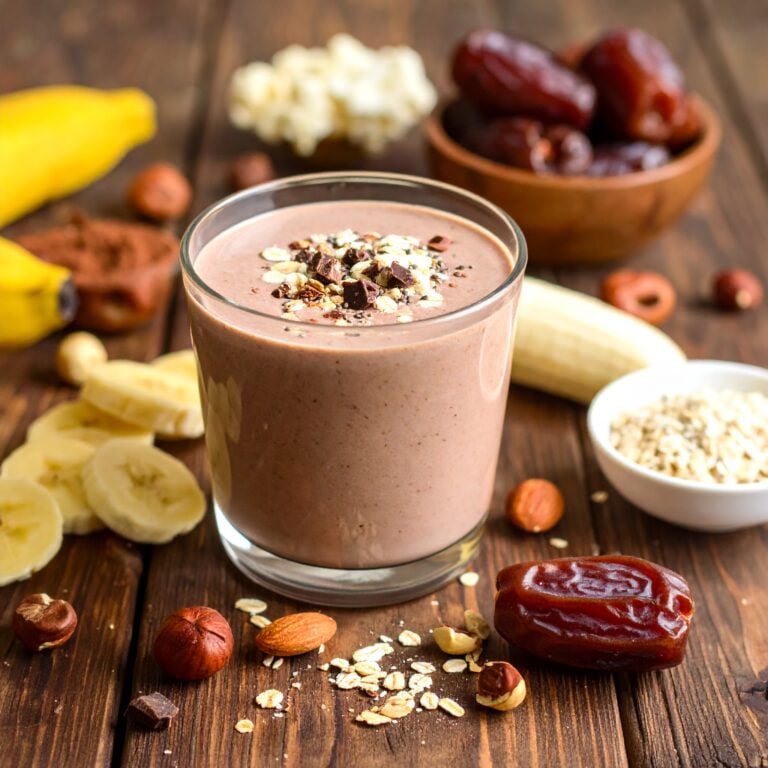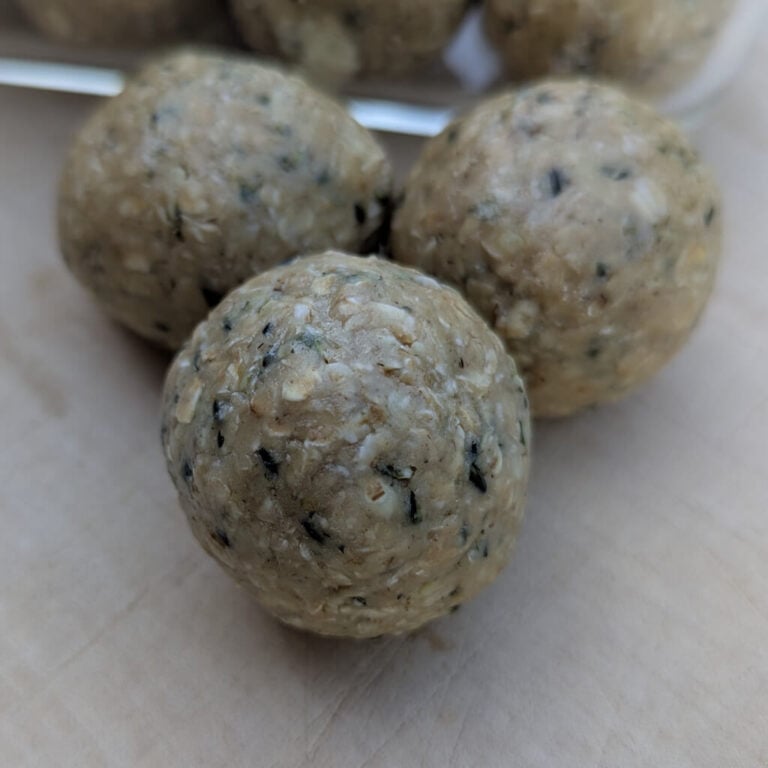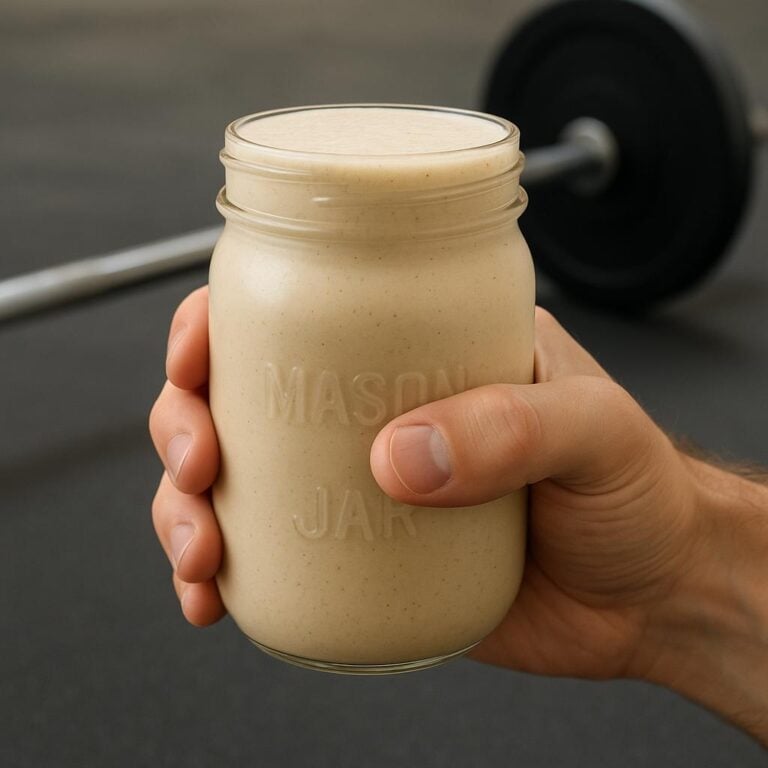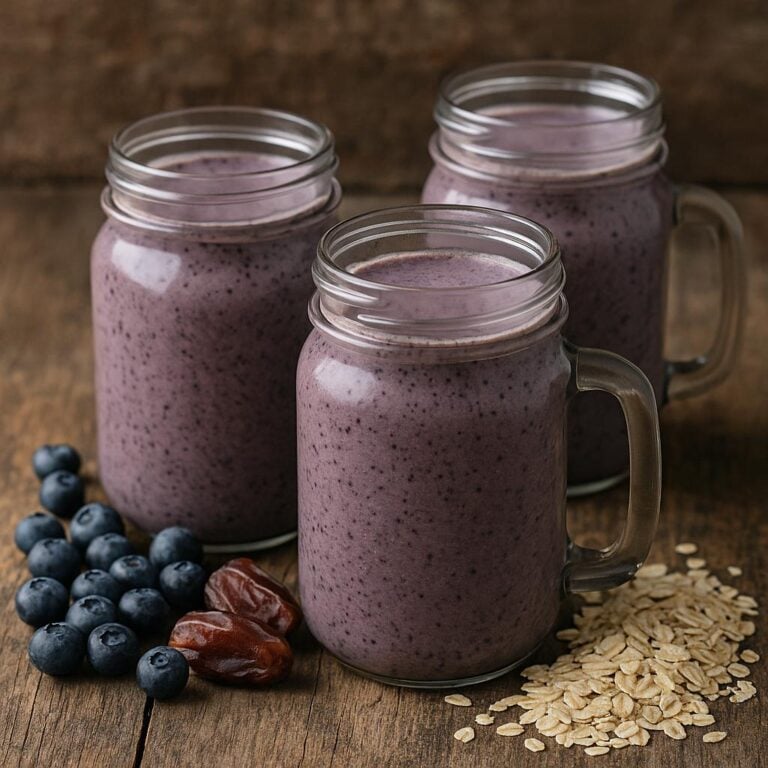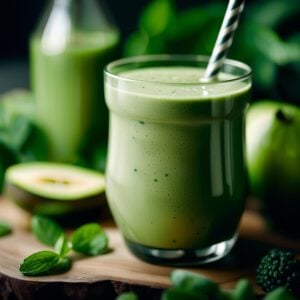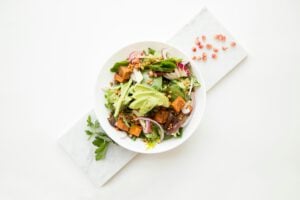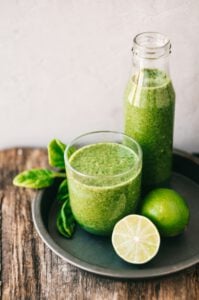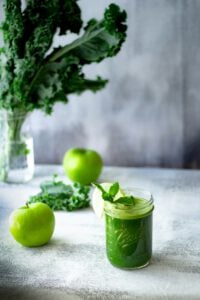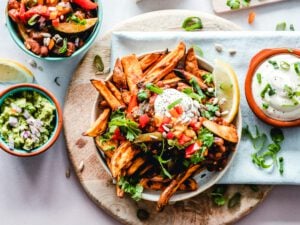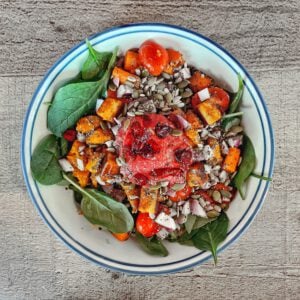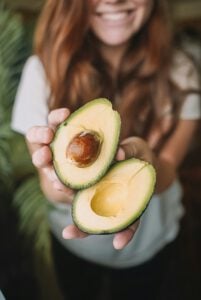If you’ve been training hard and need to replenish your carbohydrate stores and electrolytes, this is the recovery smoothie for you. It’s also a great breakfast option — especially the day after training, when your body is still in a heightened state of repair and recovery. Glycogen stores may not yet be fully restored, particularly after longer or more intense sessions, and your muscles continue the repair and rebuilding process for up to 24–48 hours. Giving your body a second wave of nutrients — especially carbohydrates and protein — can help top up glycogen reserves, support ongoing muscle protein synthesis, and ensure you’re properly fuelled for your next workout.
It’s summer in the UK right now, and unusually hot for June. I’ve been training more than usual — some days I’m walking, running, cycling and doing yoga, which is a lot, especially in the heat! I’ve had a couple of instances where I’ve either felt completely drained out later in the day or totally wiped out the following morning. In both cases, I could trace it back to one thing: poor post-exercise fuelling. In hindsight, it’s clear I didn’t get enough electrolytes or carbohydrates to support the level of activity I was doing or the extra amount I was sweating.
I share this because it’s easy to overlook fuelling — especially if you’re active, plant-based, and juggling a busy life. But it really does matter. The more you get it right, the more you can get out there, train and be awesome. I love getting out on my bike. Or challenging myself to a run, trying to beat a personal best or trying to go further than I have before. If I get my refuelling right, I can do something active every day. It keeps me happy, keeps me sane and without it, I feel a bit lost.
Over time, I’ve learned how to spot the signs early and make adjustments before they derail my training. It’s taken practice but I know what my body needs — and when. If you’re active and plant-based, and you’ve ever found yourself running on empty, I can help. Whether you’re aiming for performance gains or just want to stay energised and consistent through busy, active weeks, I’ll work with you to build a fuelling strategy that fits your lifestyle and goals — one that keeps your energy up, your recovery on track, and your training feeling good.
With a powerful combination of antioxidant-rich ingredients like strawberries, blueberries, açaí, kale, and walnuts — all of which help to neutralise oxidative stress caused by intense physical activity. During and after exercise, your body produces reactive oxygen species (ROS) as a natural by-product of increased metabolism. While some oxidative stress is beneficial for adaptation and growth, too much can lead to muscle soreness, fatigue, and slower recovery. That’s where antioxidants come in.
Berries and açaí are rich in anthocyanins, polyphenols, and vitamin C — compounds known to help lower inflammation, protect cells from damage, and support immune health. Kale brings additional antioxidants like quercetin and kaempferol, which have been studied for their anti-inflammatory and cardiovascular benefits. Walnuts, beyond their healthy fats, also contain polyphenols that reduce inflammation at a cellular level.
By including a wide variety of plant-based antioxidants in your post-workout routine, you’re giving your body the tools it needs to repair itself, bounce back faster, and adapt more effectively to future training loads.
By supplying quality plant protein from almond protein powder and walnuts. While many individual plant proteins can be lower in one or more essential amino acids, combining sources like nuts and seeds helps create a more complete profile. In this case, almonds provide plenty of arginine and glutamine, which support tissue repair and immune function, while walnuts contribute tryptophan, methionine, and leucine — the latter being particularly important for muscle protein synthesis. Together, they help ensure your body has access to all nine essential amino acids, making this smoothie a solid choice for post-workout recovery.
With a smart mix of carbohydrates from oats, berries, and oat milk — a blend of simple and complex carbs that support both immediate and longer-lasting energy recovery. Berries and oat milk provide quick-digesting sugars like glucose and fructose, which help begin the glycogen replenishment process soon after training. Oats, on the other hand, are rich in complex carbohydrates and beta-glucan fibre, offering a slower release of energy to keep you fuelled in the hours that follow.
Using multiple sources of carbohydrates is important because it helps maximise absorption through different pathways in the gut. For example, glucose and fructose use different transport mechanisms, so combining them — as found naturally in fruit — allows for more efficient carbohydrate uptake. This can accelerate glycogen resynthesis, especially when consumed soon after exercise. It also helps prevent blood sugar crashes by balancing rapid uptake with sustained release, which is particularly useful for multi-hour recovery windows or back-to-back training days.
With a combination of water, sodium from miso, and potassium from whole fruits like strawberries and kale. After exercise — especially if you’ve been sweating — it’s not just water that your body needs, but electrolytes to help maintain fluid balance, support nerve signalling, and prevent cramping. Miso provides a natural source of sodium, which is the primary electrolyte lost through sweat and essential for retaining the fluids you drink. Meanwhile, strawberries and kale are both rich in potassium, a mineral that works alongside sodium to regulate muscle contractions and maintain proper hydration at the cellular level. Together, these ingredients help restore lost fluids more effectively than water alone and support the electrical impulses your muscles and heart rely on during recovery.
During intense exercise, the body produces metabolic by-products like lactic acid, which can temporarily increase acidity in muscle tissue. While the body tightly regulates blood pH through various buffering systems, a diet rich in alkaline-forming foods may help ease the overall acid load and support recovery. Ingredients like kale and lime juice, though acidic outside the body, become alkaline-forming after digestion due to their high mineral content — particularly calcium, magnesium, and potassium. These minerals help buffer acids and maintain a more favourable internal environment, which some research suggests may reduce muscle soreness, improve energy levels, and support bone health over time. Including alkaline-forming foods as part of your recovery routine is a gentle, food-based way to help your body restore balance after training.
I wanted to note this here as I thought this was a really bizarre concept as well, and I also thought it’d taste disgusting. I’ve now tried it in a couple of smoothies, and I will definitely continue adding it whenever I need some electrolytes.
You can’t taste it in this smoothie at all. It blends right in, adds a small amount of natural sodium, and gives your body something it actually needs after sweating it out. It’s also surprisingly delicious in my Gym Rat #2 smoothie — and no, I can’t believe I’m saying that either.

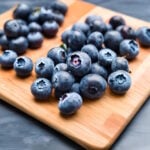
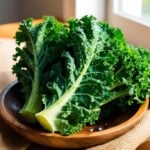


Fresh if possible.
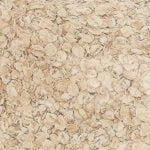

Or another plant-based protein powder.
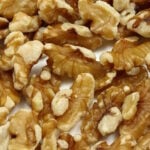
Flax seeds, chia seeds or hemp are all high in omega 3 and would work here too.

1/2 tsp.

Or any plant-based milk.

